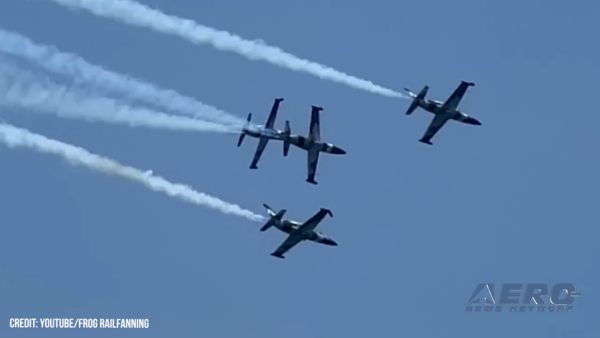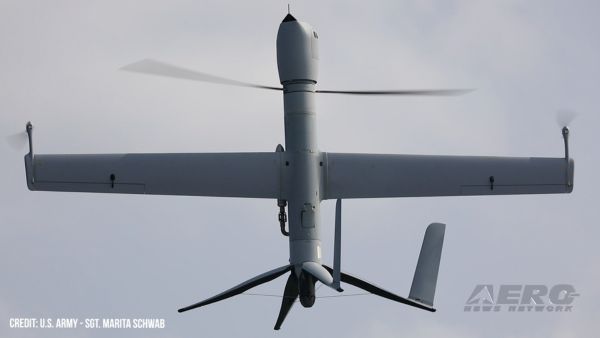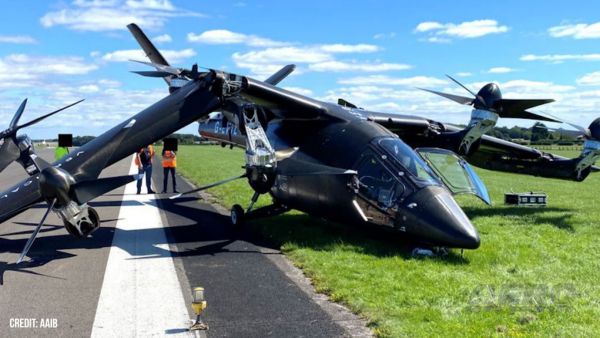Long Live the Super Hornet!
The F-18 Hornet is a great many wondrous and worthwhile things. The twin-engine, all-weather, fourth-generation fighter is fast, maneuverable, tough, battle-proven, eminently upgradable, and a symbol of American Naval airpower. The Hornet is not, however, young.
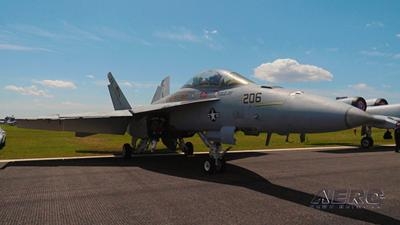
The Congressional mandate from which the F-18 arose was issued in 1973. In May 1975 the Navy selected the YF-17 prototype, which McDonnell Douglas and Northrop jointly developed into the F-18. In 1977—85 days before the theatrical release of Star Wars—Secretary of the Navy W. Graham Claytor declared America’s newest carrier-based warplane would be known as Hornet.
Forty-five-years later, the F-18 Hornet remains an integral part of the U.S. Navy’s force projection capability. What’s more, compared to the eye-watering, $337-million price tag of a single, USN F-35C, the $34-million legacy Hornet and $67-million Super Hornet are dazzling bargains. Ergo, it behooves the Navy—and the whole of America—to keep the F-18 flying and fighting as long as possible.
To that end, the U.S. Navy has undertaken a Service Life Modification (SLM) program by which it seeks to extend the service life of its aging fleet of F/A-18E-F Super Hornets into the 2040s.

Delays in the development and delivery of the F-35 Lightning II, and unplanned squadron transitions from the legacy Hornet to the F/A-18E-F have compelled the Navy to push its Super Hornets to the full extent of their six-thousand flight-hour design lifespans—about twenty-years in peacetime. Regrettably, the Super Hornet has never known peacetime, and the fleet—over 15-years of constant combat—has racked up flight hours more quickly than anticipated. The first Super Hornet to reach six-thousand flight hours did so in April 2017, just ahead of the aircraft’s 15th birthday.
In 2002—fathoming the severity of the the dilemma it was facing—the Navy’s F/A-18 and EA-18G Program Office (PMA 265) in Patuxent, MD conceived of the Service Life Modification program. Subject program comprises a Service Life Assessment Program (SLAP), which determines whether a given F-18’s airframe can be cost-effectively pushed past its design service life; a Service Life Extension Program (SLEP), which develops life-extending modification kits based upon engineering assessments of individual aircraft; High Flight Hour (HFH) inspections, which ensure the operational safety of a given aircraft to eight-thousand flight hours; and Service Life Extension Authorization (SLEA), which permits individual aircraft to fly up to 7,500 hours before requiring a full SLEP kit.
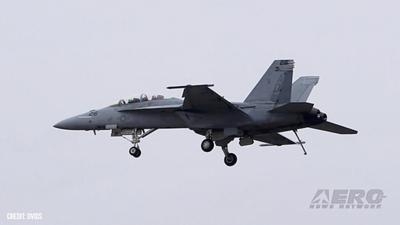
The SLM process began in 2018 with the arrival of four Super Hornets at a Boeing facility in St. Louis. By 2023, Boeing expected to induct about 50 Super Hornets into the program each year.
The U.S. federal government lacks license rights that would allow a manufacturer other than Boeing to produce the F/A-18E/F aircraft. Therefore, Boeing is the sole repository of the technical knowledge, experience, and tooling requisite the Hornet’s manufacture and sustainment.
That Boeing recently averted a machinists’ strike at its St. Louis defense hub is boon of which both the air framer and the Navy ought both be grateful.
 Bolen Gives Congress a Rare Thumbs-Up
Bolen Gives Congress a Rare Thumbs-Up The SportPlane Resource Guide RETURNS!!!!
The SportPlane Resource Guide RETURNS!!!! Buying Sprees Continue: Textron eAviation Takes On Amazilia Aerospace
Buying Sprees Continue: Textron eAviation Takes On Amazilia Aerospace Hawker 4000 Bizjets Gain Nav System, Data Link STC
Hawker 4000 Bizjets Gain Nav System, Data Link STC Echodyne Gets BVLOS Waiver for AiRanger Aircraft
Echodyne Gets BVLOS Waiver for AiRanger Aircraft



